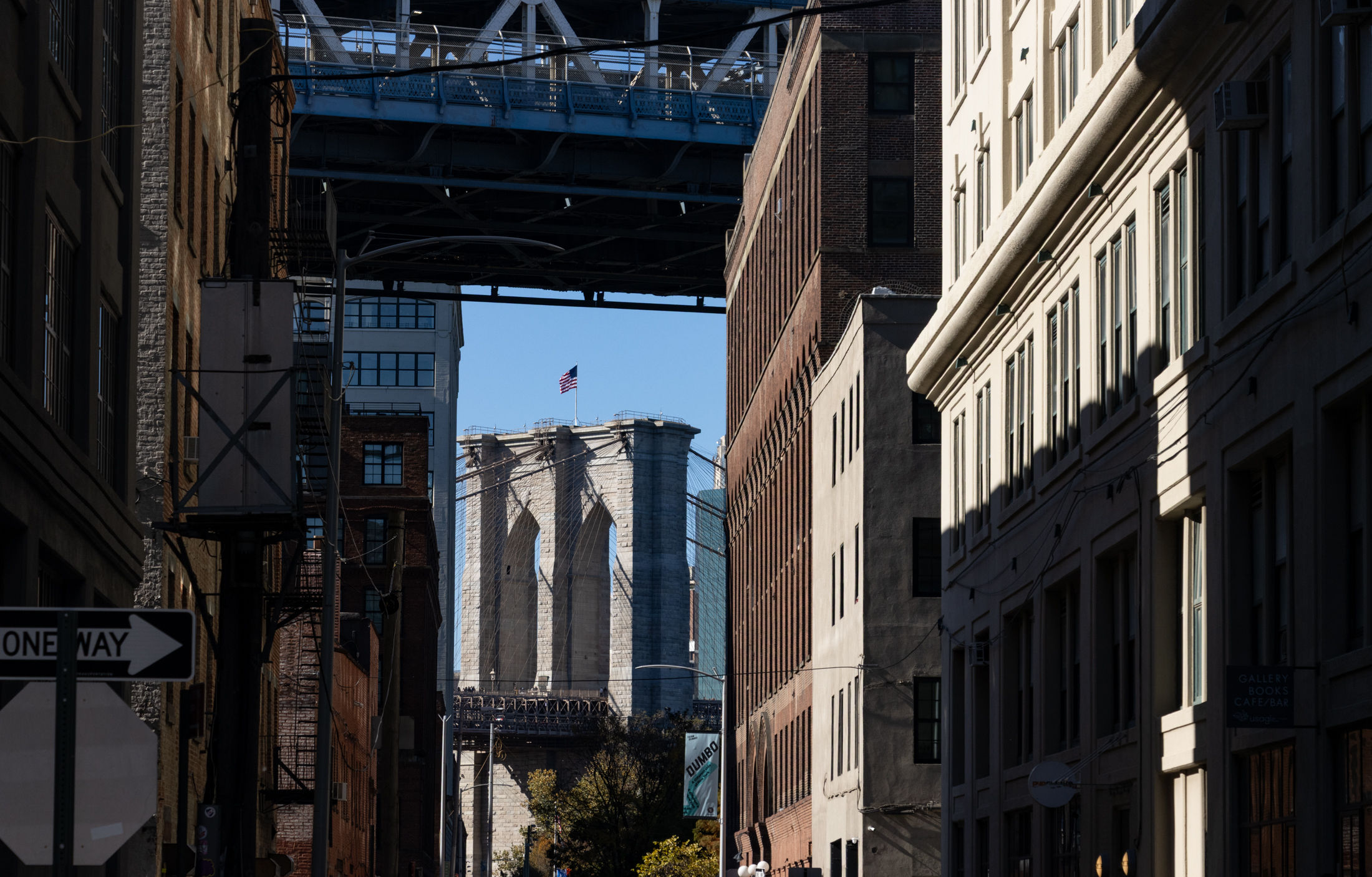How Bad Can the Housing Crunch Get?
Two stories based on a report and new data offer conflicting views of the future of New York City and Brooklyn specifically. The City’s population will swell by one million new residents by 2040 and there won’t be any room for them “unless a small city of new housing is built,” according to a report…


Two stories based on a report and new data offer conflicting views of the future of New York City and Brooklyn specifically. The City’s population will swell by one million new residents by 2040 and there won’t be any room for them “unless a small city of new housing is built,” according to a report from the Center for Urban Real Estate at Columbia University cited in an article in The Wall Street Journal. The report says waterfront neighborhoods such as Red Hook and Greenpoint are the most logical places to build new housing. At the same time, the City faces an increased risk of flooding and severe weather thanks to climate change. By 2050, the number of New Yorkers living in flood areas will double, according to a warning issued by the Bloomberg administration, based on data from its New York City Panel on Climate Change, The New York Times reported. Since the 1970s, New York City has had an average of 18 days a year with temperatures above 89 degrees. By 2020, the number could rise to 33 days, and by 2050, to 57 days. The biggest increase in flood zones was in Brooklyn, where the number of buildings considered at risk has increased by 253 percent to 25,800. New developments are taking pains to flood proof their construction, but the prospect of significantly hotter and wetter weather does make prewar housing sound less appealing. At the same time, such an enormous increase in population can only push real estate prices up even further. What’s your take?





There’s obviously plenty of room in NYC for new/replacement housing, and not just along the water (which isn’t rising). But panic and dread is sexy.
$10,000 studios coming soon!
Oy vey. The climate change hoax goes on–because people are being paid to believe and promote it. Idiots. Has NYC’s coastline risen at all in the past decade? Even an inch? Lots more CO2 in atmosphere, record amounts. Where’s the increase? Where’s the heat? Anything? Bueller? Idiots. But wait, warming causes cooling, so this all makes sense. So unless we stop the warming, we can’t stop the cooling–I get it now.
Red Hook – that is ridiculous. You have to build where there is (or could be) mass transit. Red hook floods, has always flooded and will always flood.
Downtown Brooklyn (from Clinton St to Atlantic Yards) is still ripe for more high -rise development and it has the best infrastructure currently and it could be easily upgraded. Same for the 4th Ave corridor. And if you could figure out a way to deal with canal flooding (and utilize it for waterborne commuting) Gowanus could accept alot of residential development.
But frankly all of this is silly anyway, the best places for development are in Queens and the Bronx and it will ultimatley be dictated by economics
Speaking of narcissism, how about the conceit that humans can affect global temperature in any more than a trivial way? But hey, I’m sure you trust the EPA and the “scientists” the way you trust the IRS. Also, did you know that communism was “scientifically proven” to be the future? Science!!!
Sea level is rising, but there’s no evidence the rate of rise has increased, and no evidence humans are causing any of the rise.
You’re free to belong to an environmental religion that uses fake science, i.e., politics pretending to be science, to justify itself–just don’t force me to tithe for your church with my tax money and stunted economic progress and civilization.
In any case, I’m fairly sure that “climate change” is now in it’s “tiptoe out” phase in which the various players look for ways to back out without appearing to have been corrupt asses.
Climate change isn’t real; it’s a hoax designed to take your money, and stunt economic development–some day you’ll figure it out. And feel like a dupe.
More than half of the above post pertains to “climate change,” so I don’t think it’s unfair to attack the premise of the piece on this basis. Obviously, building in a flood plain may be a stupid idea, but did you need a study to know that?
I doubt buying four story buildings that cost $2 million, tearing them down carefully so as not to cause surrounding buildings to collase, and replacing them with seven story buildings is going to be a route the private sector can take to affordable housing.
As for replacing them with 20 story buildings, NYC, NY State and the federal government are in debt up to their eyeballs, so don’t plan on the infrastructure required for a city of 15 million. Unlike elsewhere there are no subidivision requirements with development exactions for infrastructure and schools here.
NO. I live there. I don’t want them but if they raise the value of my house there then, maybe.